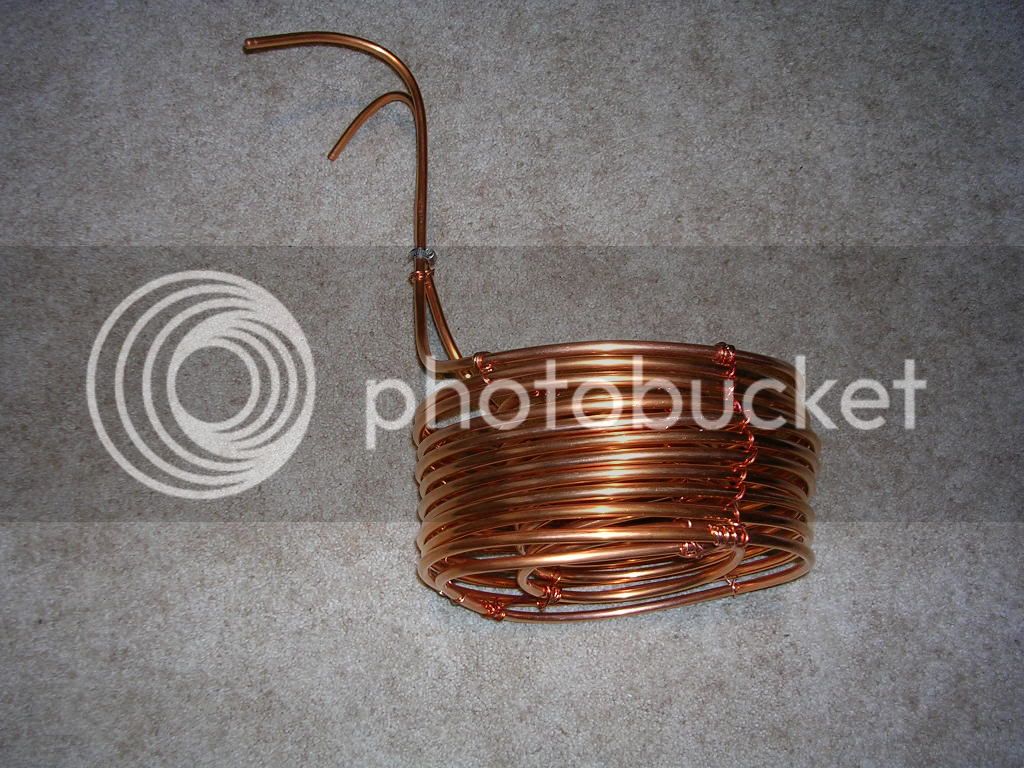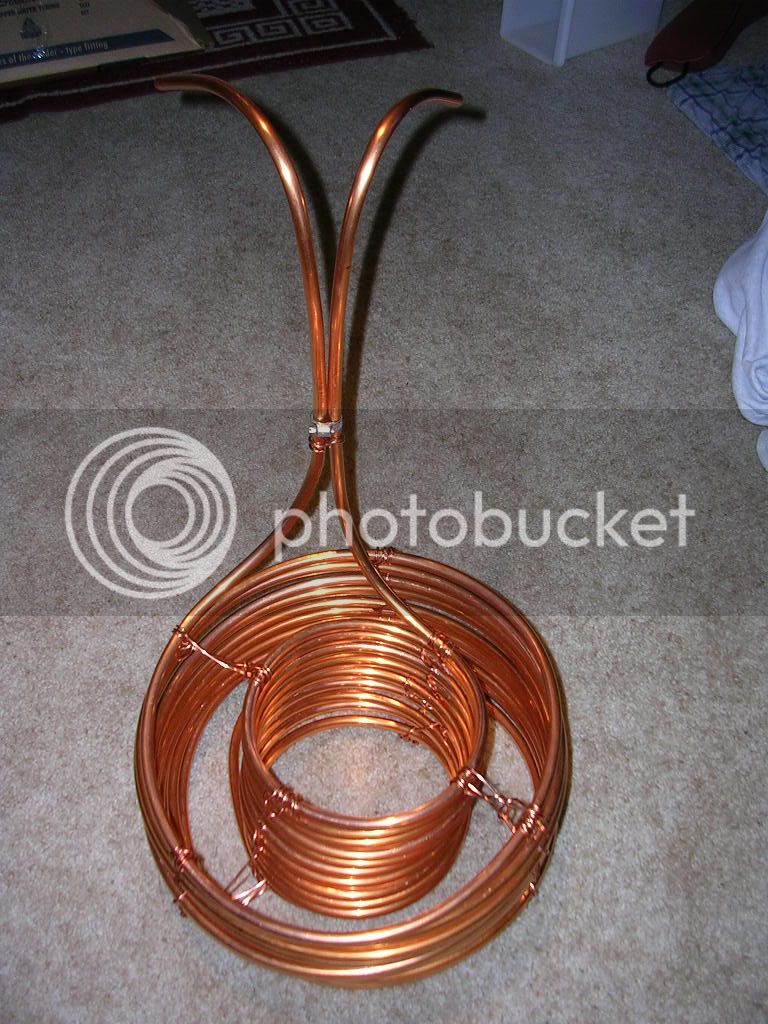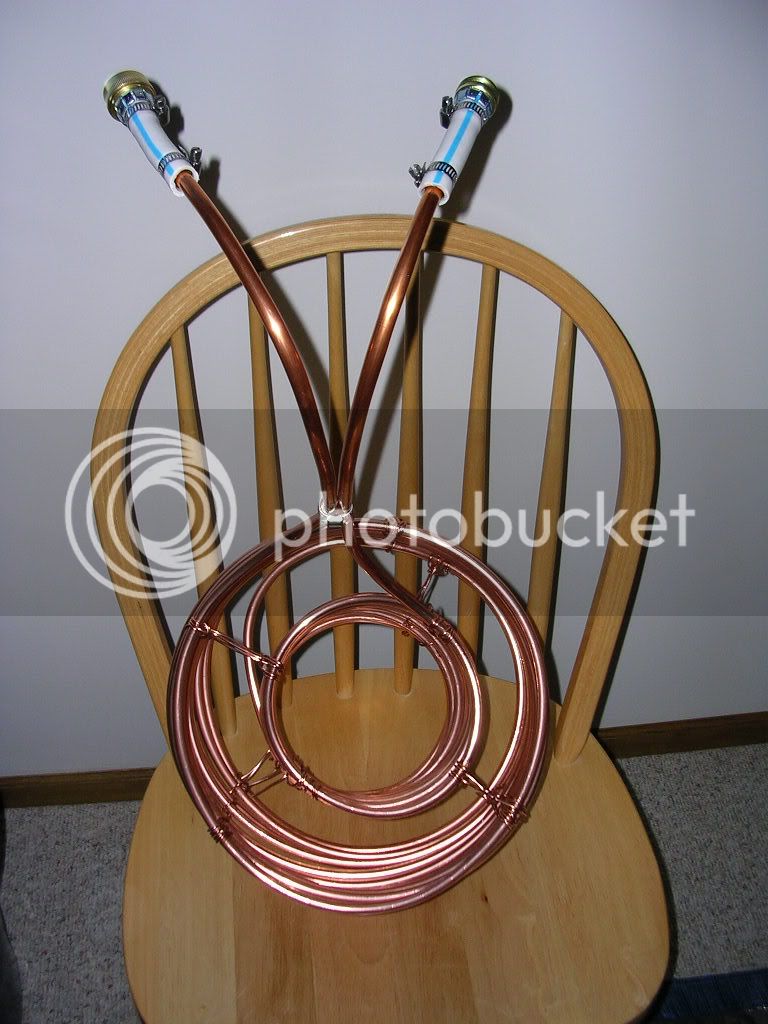DunklesWeissbier
Well-Known Member
$30, a trip to HD, and about an hour of bending tubing and scratching my head. And I'm ready to brew!
And I'm ready to brew!
I can't believe how easy it was.
I'm heating up some water right now to give it a trail run. Hopefully I'll be brewing this afternoon.
Parts.
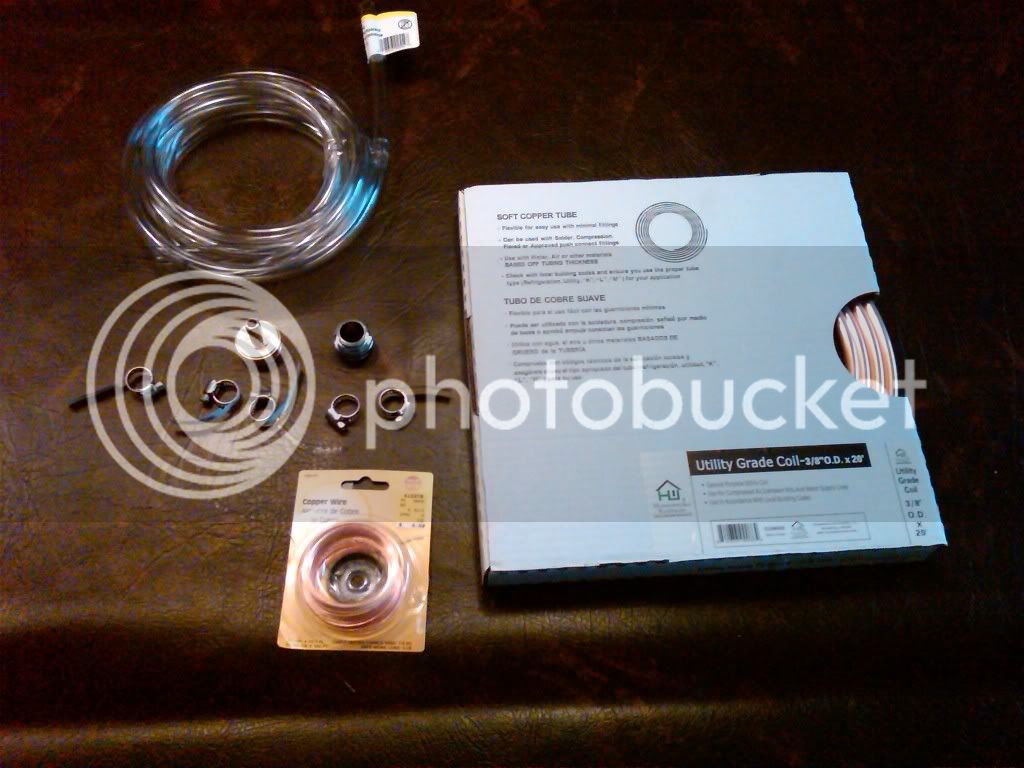
All done!
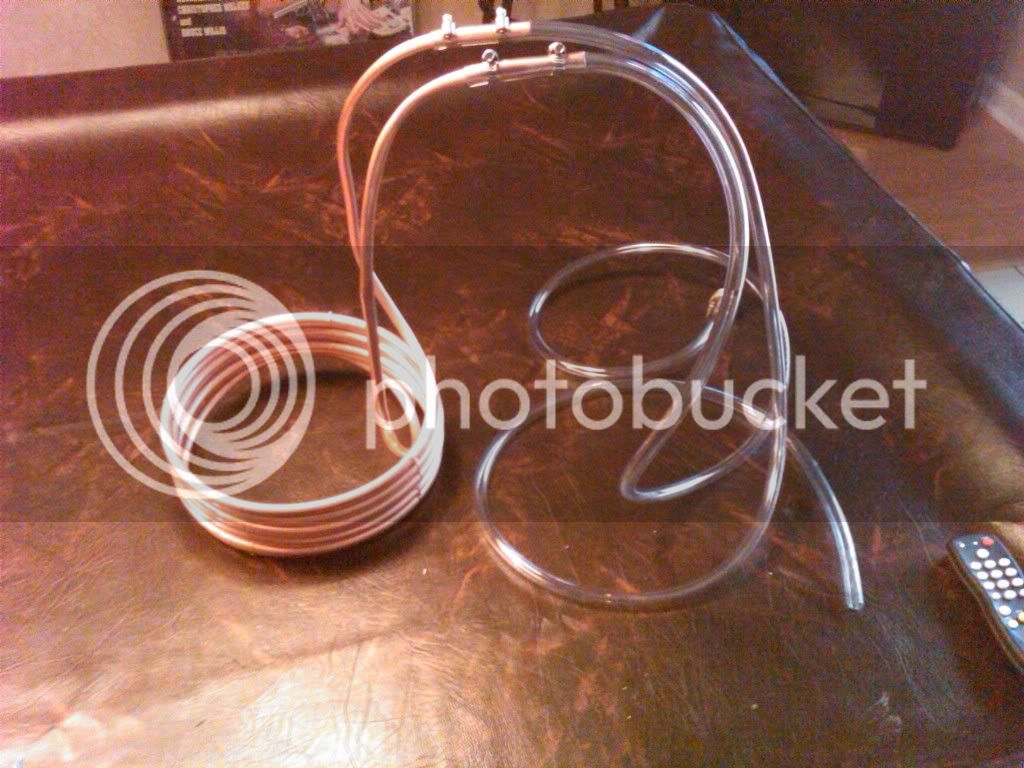
Testing for leaks.
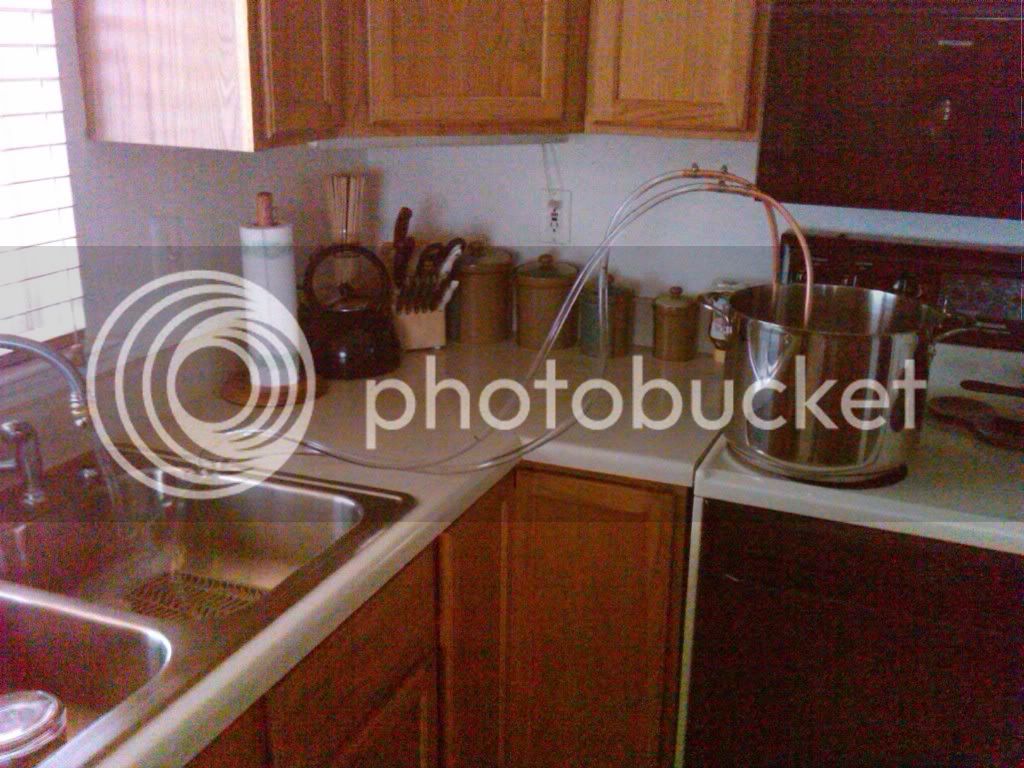

I can't believe how easy it was.
I'm heating up some water right now to give it a trail run. Hopefully I'll be brewing this afternoon.
Parts.

All done!

Testing for leaks.




















































![Craft A Brew - Safale S-04 Dry Yeast - Fermentis - English Ale Dry Yeast - For English and American Ales and Hard Apple Ciders - Ingredients for Home Brewing - Beer Making Supplies - [1 Pack]](https://m.media-amazon.com/images/I/41fVGNh6JfL._SL500_.jpg)






